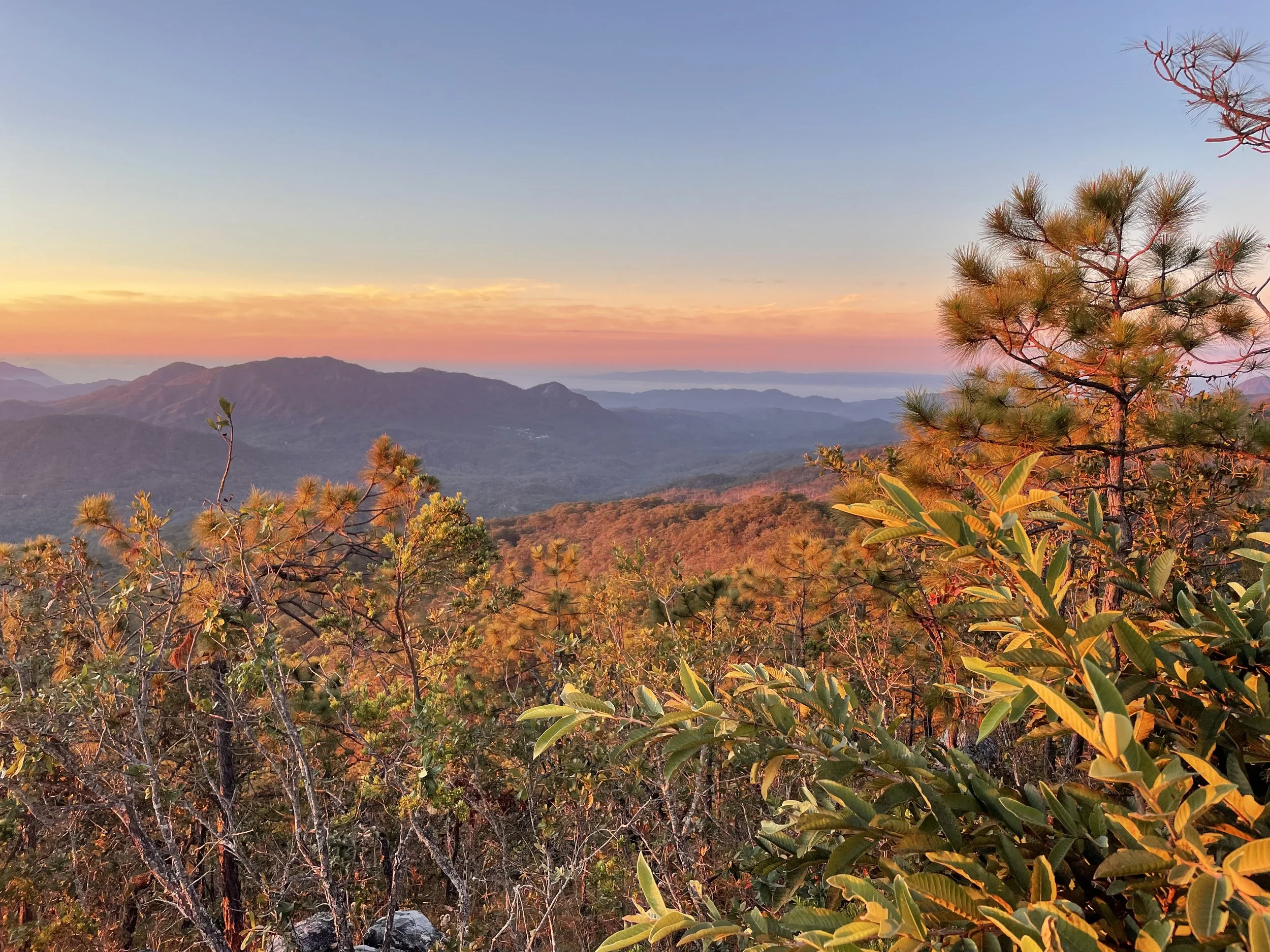Chouara Tannery
Between the ancient walls of the Fes medina in Morocco, the Chouara Tannery
is a stinking yet vital industry which produces handicrafts that this country is famed for.
Here, I take a candid look at each step of the leather-making process, the working
conditions, and the men who make the beautiful souvenirs tourists drool over.
Fes el-Bali, the walled medina of Fes, is a car-less labyrinth of over 9000 alley-ways crowded with merchants, lamb kebab, and all things leather. Entering the maze-like souq from the surrounding hillsides feels like navigating a small medieval universe. It is a place where artisans hail from long lineages and where people prefer tradition to modern convenience. The vibrancy of traditional arts makes Fes the cultural capital of Morocco and a UNESCO World Heritage Site. Tucked in every corner of these crowded lanes are locally-sourced, grown, and crafted items. The entire souq is a patchwork of artisanal brilliance, from mosaic-tiled fountains to painted doorways and mud-brick mosques. It is a city where hand-woven carpets might even outnumber people.
Founded in the 9th century, Fes is the kind of town that would make anyone feel creatively handicapped by its artistic superiority.
Here, amid the old town, the ancient Chouara Tannery sprawls out like the coloured pots of a watercolour palette. Between the three tanneries in Fes, Chouara was built in the 11th century, which is the oldest and largest. As I amble through the warren of lanes, a teenager solicits me to come into a leather shop that claims to have a grand view of Chouara. I can’t resist the temptation to join other tourists in the ‘tannery voyeurism,’ but as I peer down on it from above, I realize that I need to be on-the-ground to have a truly visceral experience.
Back in the street, I follow my nose towards the inner sanctum of Chouara until the smell is overwhelming. As I cross the threshold of the tannery, I pull the edges of my scarf across my face. The men, who are waist-deep in murky water and carrying hides stacked upon their shoulders, take little notice of my presence. Most are shoeless, and none wear gloves. I feel cruel for gawking at labour, which makes me want to regurgitate the tajine I had for lunch. I walk along the edges of the dye vats, and every mouthful of air I choke back feels like its poisoning my insides. The pungency of cow urine and pigeon poop -- the classic recipe for loosening fat and hair off the skins -- burns through my nostrils all the way to the back of my throat.
How is anyone able to do this job?
The medina's high stone walls obstruct sunlight, and the damp seeps into my skin like the tannery’s acrid odour. I navigate my way through sewer-like backroads, peering down dark passages for people in the industry. After a few days of getting hopelessly lost, I eventually encounter each part of the long assembly line involved in the process of turning an animal hide into a product. Some slaughter; the ones who deliver skins; the men who strip them in a caustic bath; there are dyers, artisans, and shopkeepers. While most of the leather products are made to export, the markets are bustling with local shoppers.
Although I am repulsed by the tannery’s foulness and concerned for the health of the people who work here, I am also enchanted by a cottage industry that shows no sign of yielding to corporatization.
I find a quaint cafe where I can sample lamb with plums and almonds; I’m seated on a bohemian leather pouf, and the menu is bound in a colourfully processed hide. While I wait for my food, I can’t stop thinking about a bag I have seen in the souq. It is made from an antique carpet, and the brown leather has a vintage patina. I have returned to the stall four times to haggle with the young shopkeepers who refuse to lower the price, sensing the desperate desire that causes myself and so many other shoppers to finally relent.
Like everyone who visits this historic city, I can’t leave without a souvenir. Though I wish to forget the stench of the thousand-year-old tannery, I will forever remember the courage of the men who work in it as I wear my new backpack with pride.































